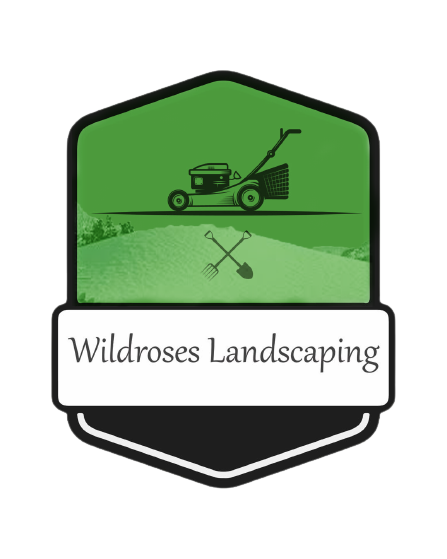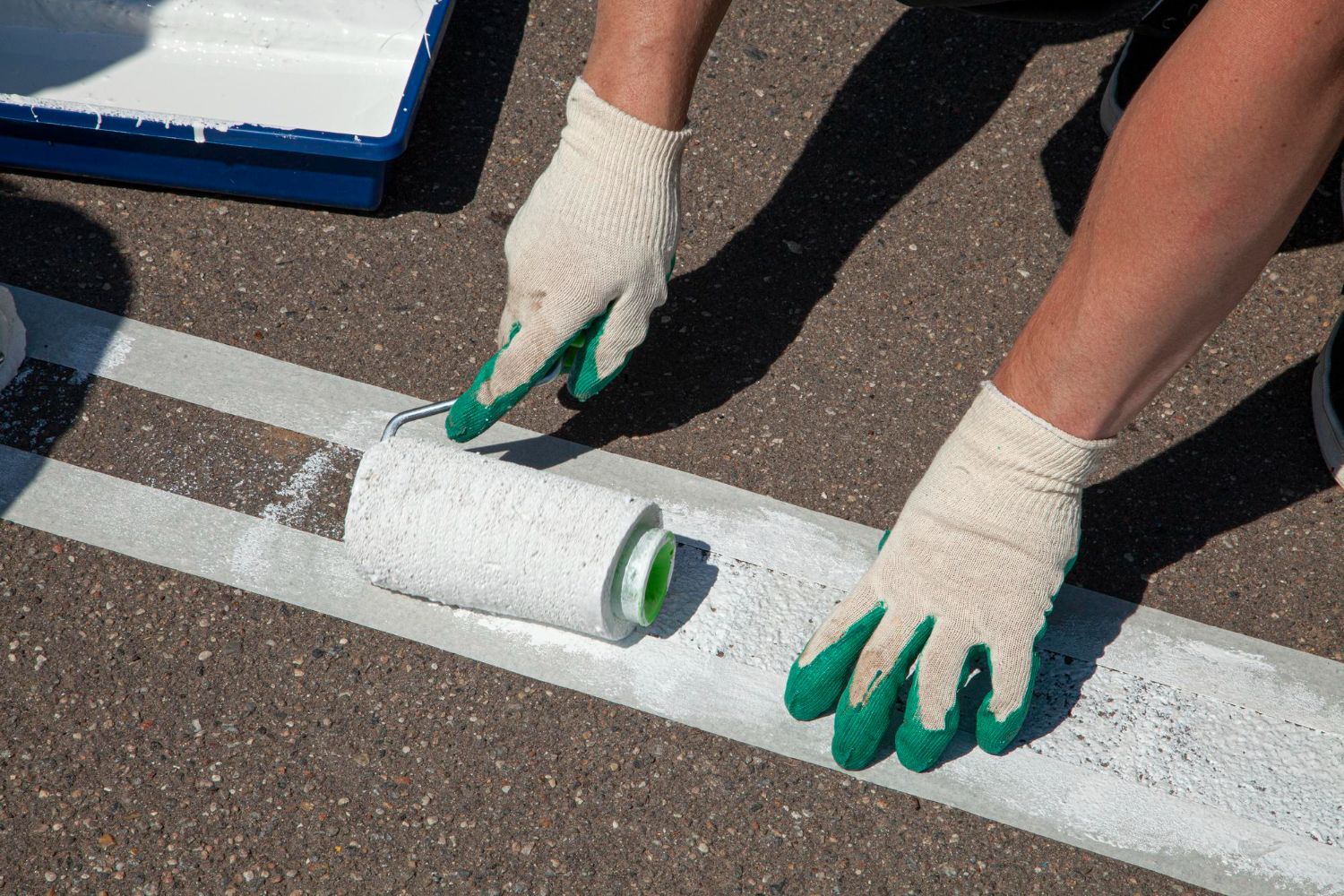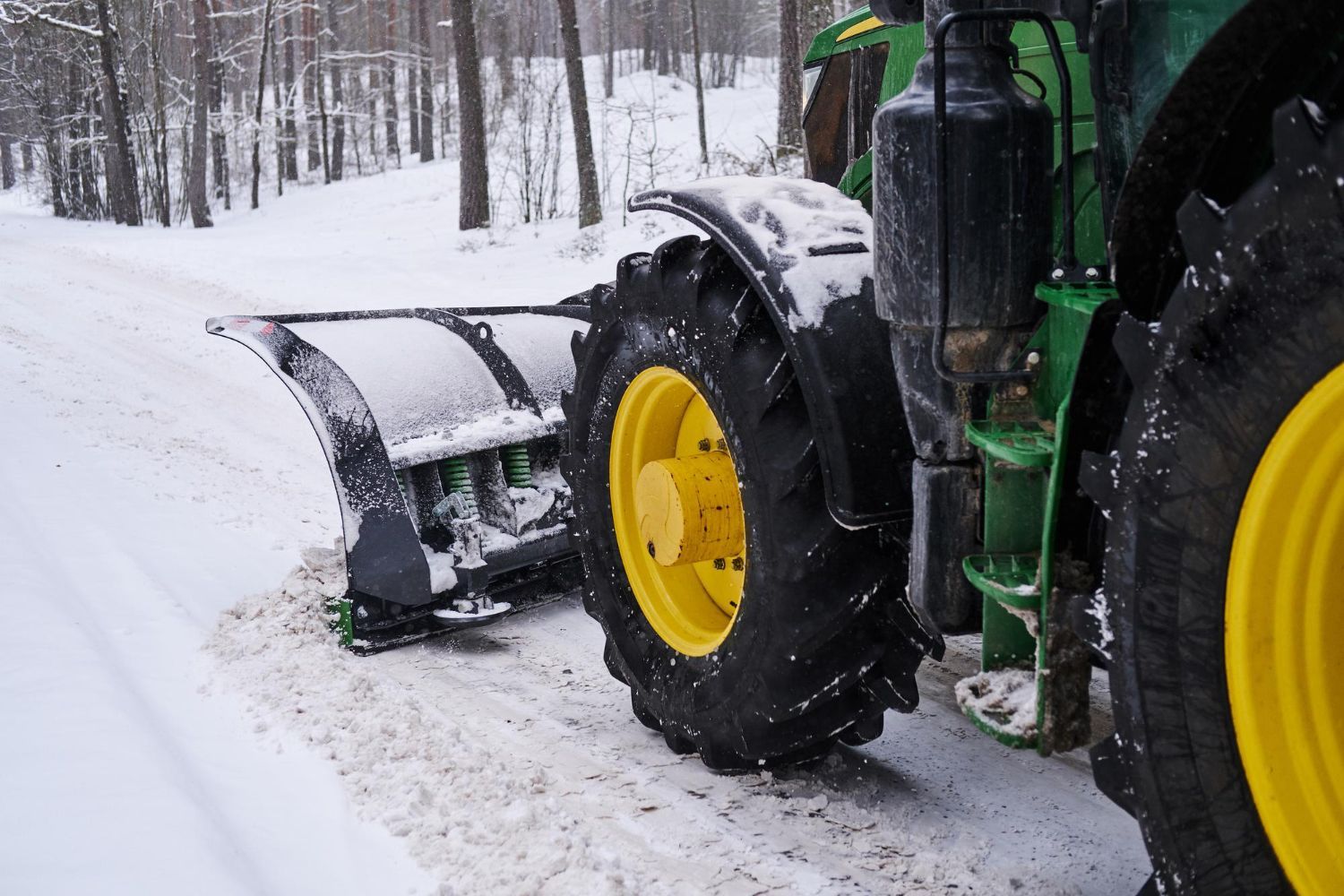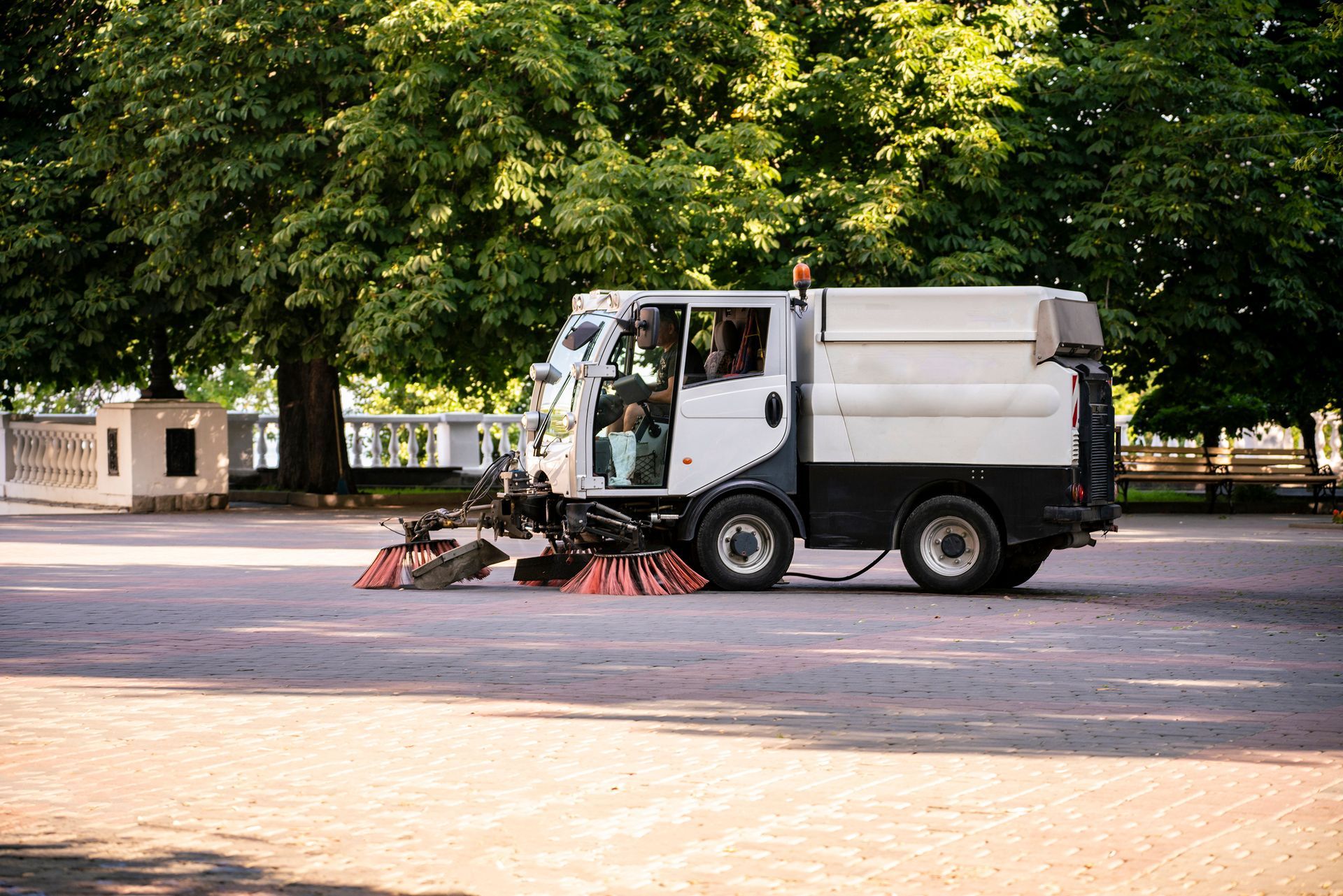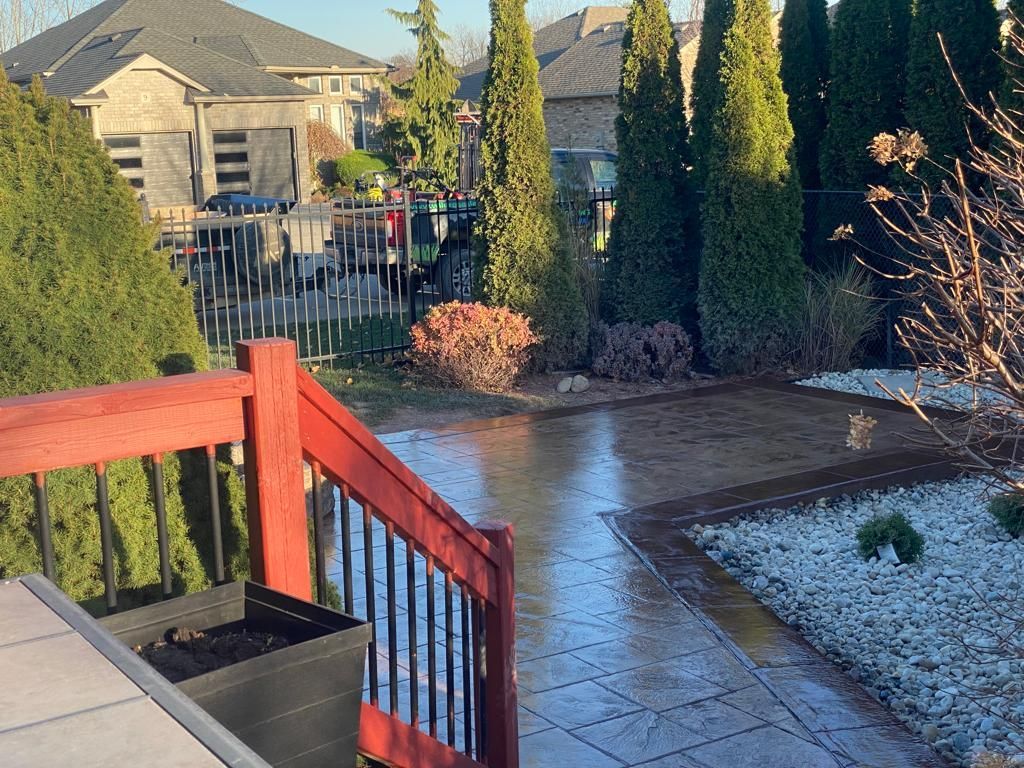Native Plant Gardens for London Homes
As homeowners in London, Ontario look for ways to beautify their outdoor spaces while supporting the local ecosystem, native plant gardens are becoming increasingly popular. These gardens feature plants that are indigenous to the region, offering a plethora of benefits including lower maintenance, greater biodiversity, and enhanced resilience.
Why Choose Native Plants?
Native plants have evolved in the local environment, making them uniquely suited to thrive in the specific climate and soil conditions of London. This adaptability means they require less water, fertilizer, and overall maintenance compared to non-native species. As a result, native plant gardens are not only easier to care for but also environmentally friendly, reducing the need for chemical inputs and promoting sustainability.
Biodiversity and Wildlife Support
One of the significant advantages of native plant gardens is their ability to support biodiversity. Native plants provide essential food and habitat for local wildlife, including pollinators like bees and butterflies, as well as birds and beneficial insects. By planting a native garden, homeowners can contribute to the preservation of these species and help create a balanced ecosystem in their backyards.
Designing Your Native Plant Garden
When planning a native plant garden, it's crucial to consider factors such as light, soil type, and moisture levels. These elements will guide your plant selection, ensuring that each species thrives in its designated space. Some popular native plants for London gardens include Black-eyed Susan, Eastern Red Columbine, and Canada Anemone. Grouping plants with similar needs can further enhance the garden's success.
Seasonal Appeal and Color
Contrary to what some may believe, native plant gardens can offer vibrant color and interest throughout the year. By incorporating a variety of plants that bloom in different seasons, you can ensure a dynamic and visually appealing garden. Consider adding spring-flowering plants like Wild Geranium, summer blooms like Purple Coneflower, and fall favorites like New England Aster. Incorporating grasses and evergreens can provide structure and interest during the winter months.
Maintenance Tips for Native Gardens
While native plant gardens require less maintenance than traditional gardens, they still benefit from some care to keep them looking their best. Regular tasks include pruning dead or damaged plant material, managing weeds, and ensuring adequate water during drought periods. Mulching is also beneficial as it retains soil moisture and suppresses weeds. By following these simple maintenance practices, your native plant garden will thrive with minimal effort.
Incorporating Native Plants Into Existing Landscapes
If you're not ready to commit to a full native garden, consider incorporating native plants into your existing landscape. This approach allows you to enjoy the benefits of native plants while maintaining some of your favorite non-native varieties. Use native plants in borders, foundation plantings, or as focal points to bring a touch of local beauty and sustainability to your garden.
Get Started With Wildroses Landscaping
If you're inspired to create a native plant garden but don't know where to start, Wildroses Landscaping is here to help. Our team of experts is passionate about sustainable landscaping and knowledgeable about the best native plants for the London area. Contact us today, and let us transform your garden into a stunning, eco-friendly oasis.
Time to Thrive: Create Your Native Haven
Incorporating native plants into your garden is a rewarding way to support local ecosystems while enjoying a beautiful outdoor space. With their low-maintenance nature and ecological benefits, native plant gardens are an excellent choice for any London homeowner. Ready to transform your garden into a native haven? Contact Wildroses Landscaping today and let us guide you on this rewarding journey.
